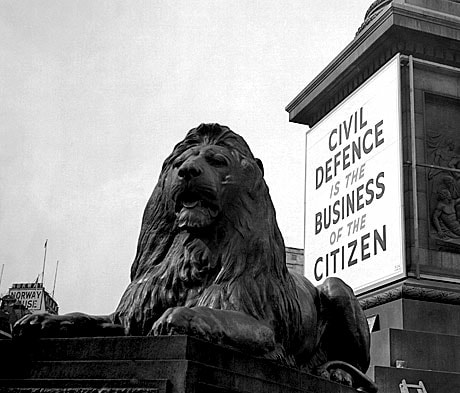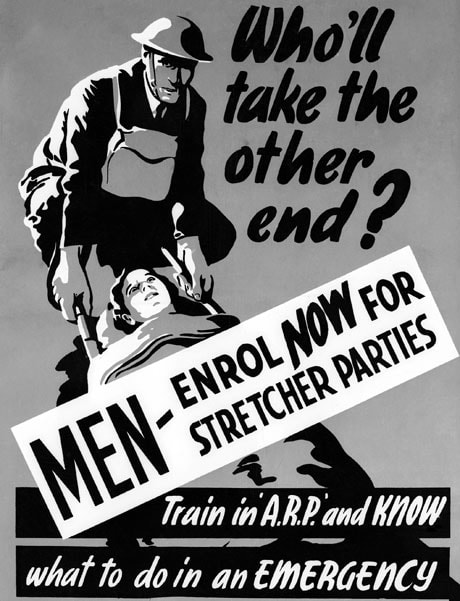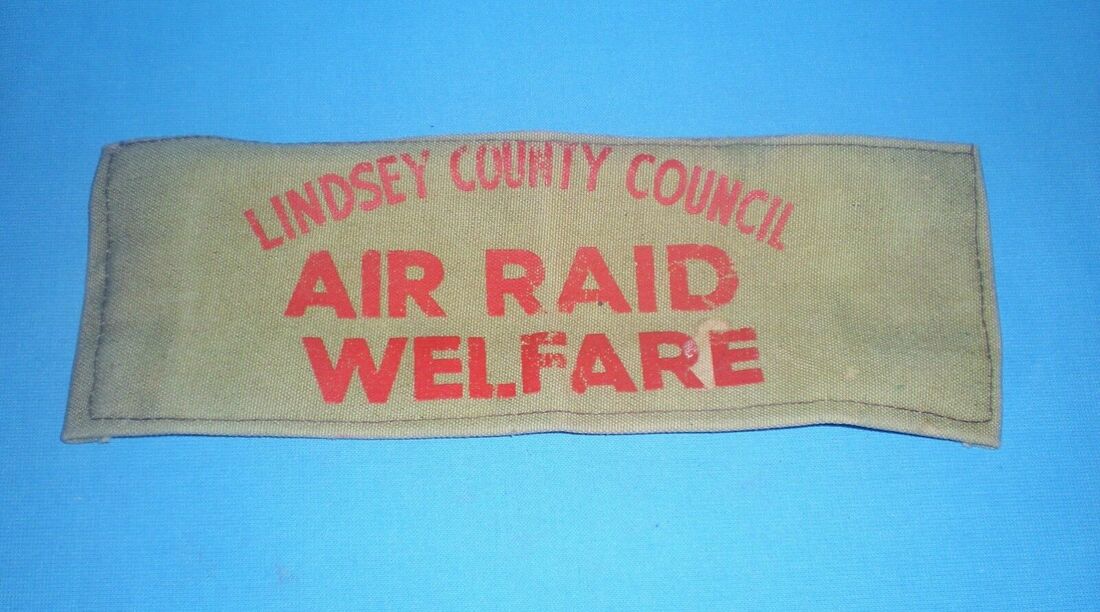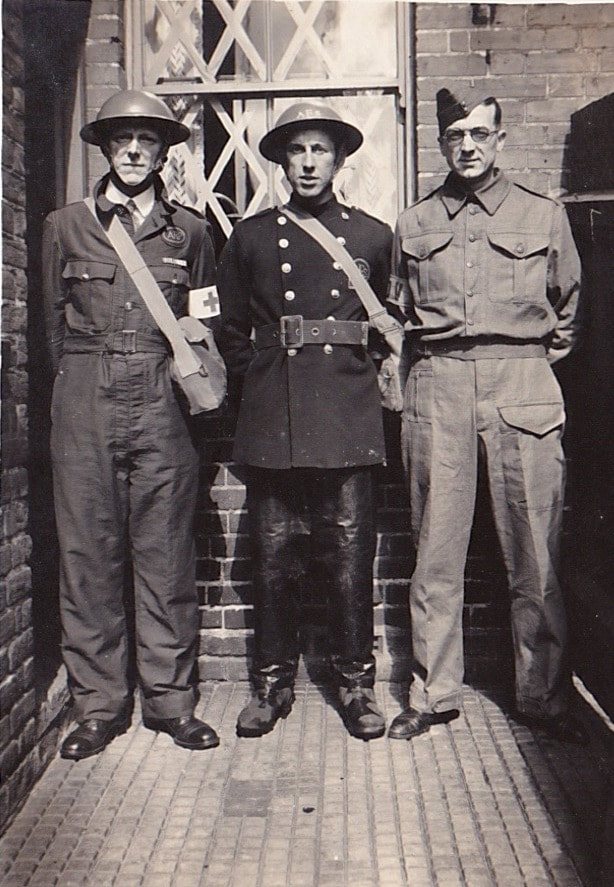|
I've seen a few different angles of this advertising billboard on Nelson's Column in Trafalgar Square. This is an interesting angle with one of the Landseer lions front and centre.
0 Comments
An interesting poster for recruiting stretcher parties in the ARP service.
The Lord Mayor's National Air Raid Distress Fund provided for the relief of suffering and distress resulting from enemy air raids in the UK. It assisted in setting up new homes when the loss of goods and possessions was not covered by Government compensation and where special distress was shown. It also helped small shopkeepers to reestablish their businesses. It made grants towards education, apprenticeships and the general welfare of children who had been deprived by raids of their normal opportunities through being orphaned, or through personal injury or loss sustained by their parents. It provided new clothing (in exchange for coupons). Those in need were requested to apply to their local town hall or council offices. Another air raid item from Lindsey County Council in Lincolnshire. This armband is for the Air Raid Welfare that would help assist people bombed out of their homes. Lindsey County Council was quite prolific is getting all sorts of badges, armbands and insignia manufactured. Armband is currently on eBay.
A nice study of three home front servicemen - ARP, AFS and Home Guard. The chap on the left wears the standard issue bluette overalls, with an unmarked helmet, red cross armband and what looks to be a first aid satchel of some description.
|
Please support this website's running costs and keep it advert free
Categories
All
Archives
June 2024
|
|
|
Copyright © 2018–2024
|





 RSS Feed
RSS Feed